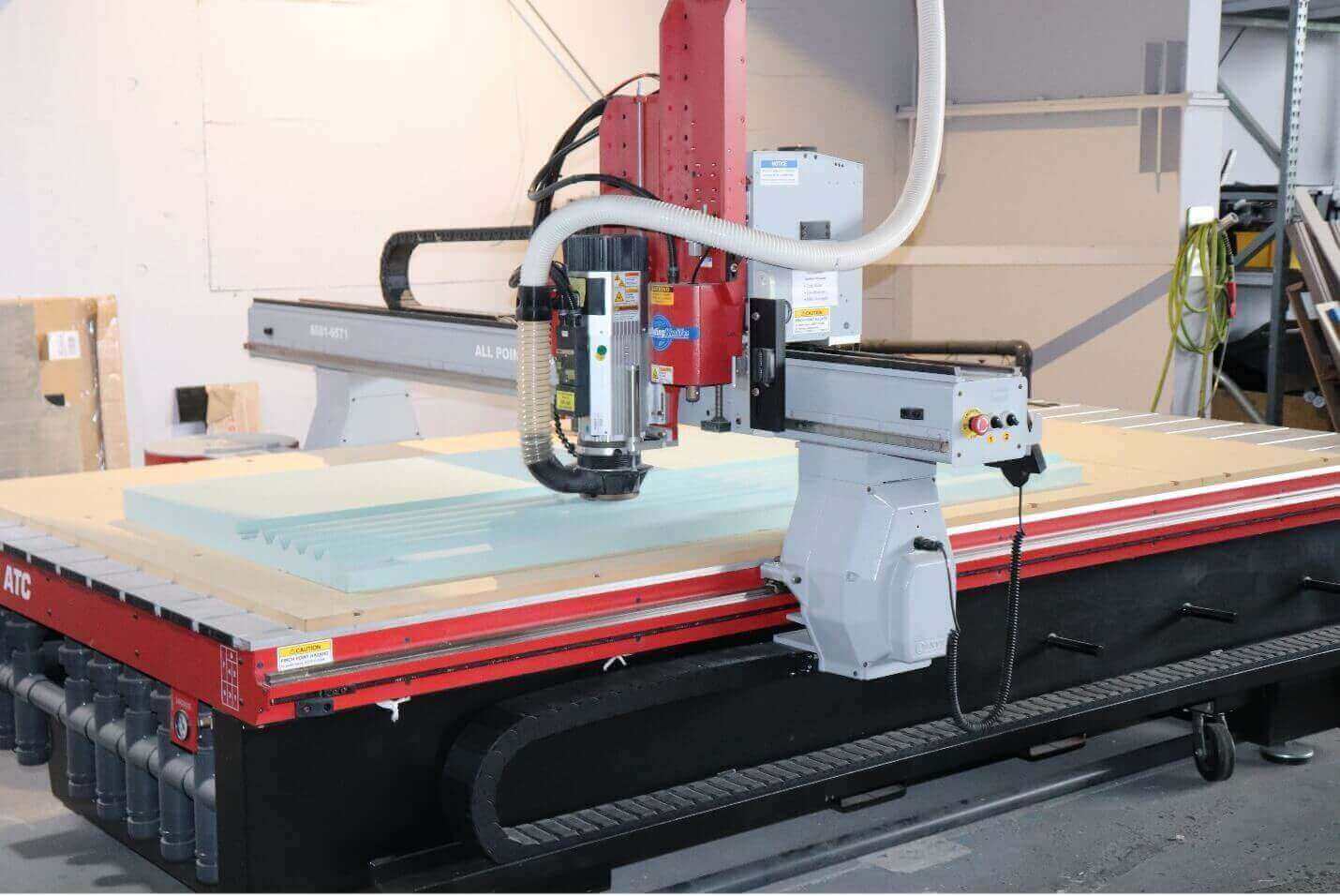The Applications of Solder Bump Vertical Probe Cards in the Electronics Industry

Solder bump vertical probe cards are a type of testing tool used in the electronics industry to test the functionality and performance of electronic components. These cards use a specialized vertical probe design that makes contact with the tiny solder bumps on the surface of the component being tested. We will explore the various aspects of solder bump vertical probe card, including their construction, applications, and advantages.
Construction of Solder Bump Vertical Probe Cards
Solder bump vertical probe cards are constructed with a set of vertical probes that are arranged in a specific pattern. These probes are typically made of a high-strength metal such as tungsten or gold, which allows them to withstand repeated use without breaking or bending. The solder bump on the component being tested is typically made of a soft metal such as lead, tin, or silver, which allows the probe to make a good electrical contact.
The probes are arranged in a grid pattern that matches the spacing of the solder bumps on the component being tested. This allows the probes to make contact with all of the solder bumps simultaneously, which enables the tester to perform a comprehensive test of the component’s electrical characteristics.
Applications of Solder Bump Vertical Probe Cards
Solder bump vertical probe cards are commonly used in the semiconductor industry to test the functionality and performance of integrated circuits (ICs). ICs are extremely complex devices that contain many thousands or millions of transistors and other components. Testing these components can be a challenging task, as it requires precise and reliable contact with the tiny solder bumps on the surface of the IC.
Solder bump vertical probe card are also used in the electronics manufacturing industry to test the functionality of printed circuit boards (PCBs). PCBs are used in a wide range of electronic devices, from smartphones and laptops to medical equipment and automobiles. Testing these devices requires a reliable and efficient testing method that can quickly detect any defects or errors in the PCB’s design.
Advantages of Solder Bump Vertical Probe Cards
Solder bump vertical probe cards offer several advantages over other testing methods. Firstly, they provide a comprehensive and accurate test of the component’s electrical characteristics. This is because the probes make contact with all of the solder bumps simultaneously, which enables the tester to detect any defects or errors in the component’s design.
Secondly, solder bump vertical probe card are easy to use and require minimal setup time. This is because the probes are arranged in a specific pattern that matches the spacing of the solder bumps on the component being tested. This allows the tester to quickly and easily connect the card to the testing equipment and begin the testing process.
Finally, solder bump vertical probe cards are extremely durable and can withstand repeated use without breaking or bending. This makes them an ideal choice for high-volume testing applications, where the tester needs to perform multiple tests in a short amount of time.
Conclusion
Solder bump vertical probe cards are an essential tool in the electronics industry, providing a comprehensive and accurate test of the electrical characteristics of electronic components. They are commonly used in the semiconductor and electronics manufacturing industries to test the functionality and performance of ICs and PCBs. Solder bump vertical probe card offer several advantages over other testing methods, including their comprehensive testing capabilities, ease of use, and durability. As the electronics industry continues to evolve, solder bump vertical probe card will remain an important tool for testing the functionality and performance of electronic components.




